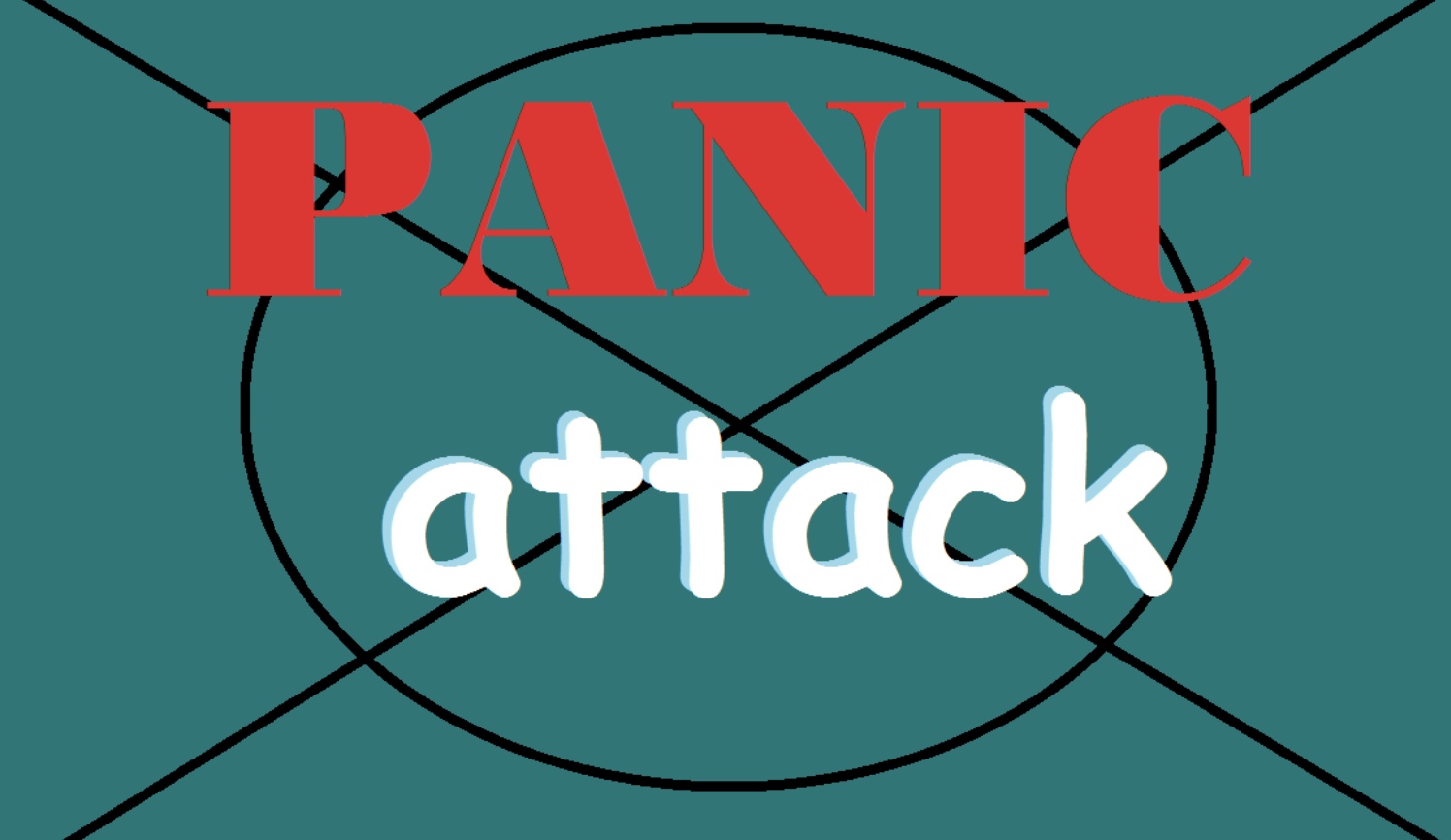When you experience a panic attack, it can feel like the world is crashing down around you. Your heart races, you can’t catch your breath, and you might even feel like you’re going to faint or die. It’s important to remember that panic attacks are not usually dangerous, but they can be very uncomfortable and scary. Read on to find out more about panic attacks and how to manage them:
What is a panic attack?
A panic attack is characterised by a general feeling of fear or anxiety. It can come on without warning and may last for several minutes, or it may build over the course of a few minutes, starting as a feeling of dread and building to a feeling of despair. During a panic attack, you may experience physical symptoms such as a rapid heartbeat, sweating, shaking, shortness of breath, and dizziness. You may also feel like you’re going to faint or die. Whilst panic attacks will usually subside by themselves, they can sometimes lead to an asthma attack or a heart attack, in which case treatment at an urgent care clinic may be needed.
What causes a panic attack?
There is no one single cause of panic attacks. They may be caused by a combination of genetic, biological, psychological, and environmental factors. Some people are more prone to panic attacks than others, but there are a number of things that can trigger a panic attack, such as stress, anxiety, or a traumatic event. For example, an upcoming exam, an overwhelming social situation or a flashback to a traffic accident or big argument can all provide a catalyst for a panic attack.
Why does your body react like this?
Panic attacks are a response to a perceived threat, rather than a response to an actual threat. When you feel threatened, your body’s natural “fight or flight” response is activated. This response is a normal reaction that helps you protect yourself from danger, but during a panic attack, your body may not understand the difference, resulting in it responding as if you are in danger, even when you’re not. This is often why many people experience heavy breathing and shakiness – the fight or flight response pumps adrenaline through your body, giving you the burst of energy you need to defend yourself or run from danger. During a panic attack, however, your brain imagines a threat that isn’t really there, leading to your body to become confused and overreact.
How to cope
Luckily, there are a few things you can do to help calm yourself down when you’re having a panic attack:
- Focus on your breathing. Take slow, deep breaths and try to relax. This will help to reduce the adrenaline in your body as your body realises it doesn’t need it.
- Find a calm place to sit or lie down. Close your eyes and focus on relaxing your muscles one by one. This helps you to focus on something repetitive, which engages a different part of your brain to the part that engages the fight or flight response.
- Distract yourself with something else. Listen to music, read a book, or talk to a friend. This stops you from thinking about the thing that caused you to get stressed in the first place, essentially forcing your brain to forget the perceived threat.
- Avoid caffeine and alcohol, which can make anxiety worse. This will also help to reduce shaking – a symptom of panic attacks.
- If you have panic attacks often, talk to your doctor about medication or therapy options. Panic attacks are treatable, and you don’t have to live in fear of having one.
If you’re having a panic attack, don’t be afraid to seek help. There are many resources available to you, and you can also talk to your doctor, therapist, or a friend. If you feel ashamed or embarrassed, try talking to a helpline. Mind is a great place to find resources if you’re struggling with anxiety, whilst you can also contact them about non-urgent support. Remember, you are not alone and there is no reason to be embarrassed. Panic attacks are treatable and with help, you can overcome them!






